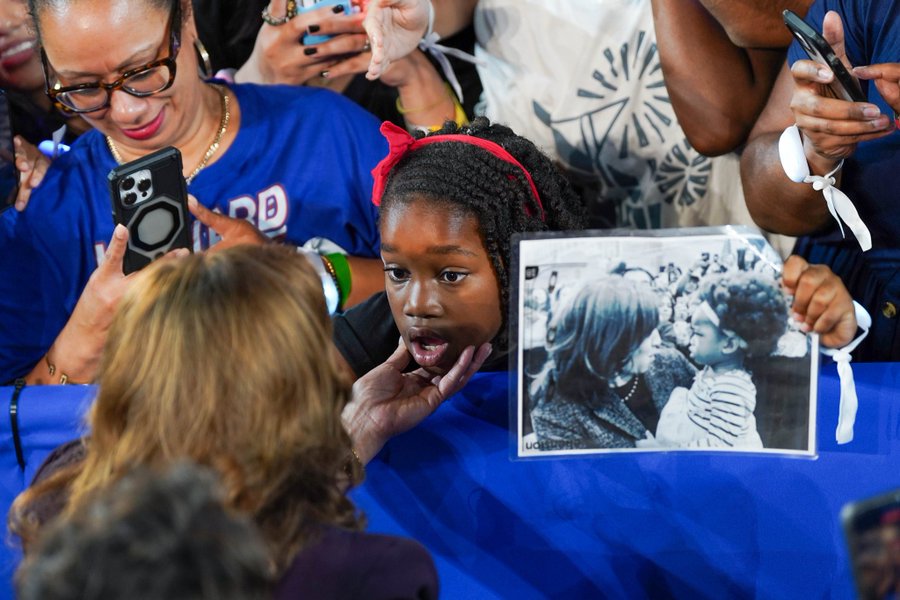Limitless
April 14, 2017Dear Charles, Black Women Change the World
January 27, 2020Lifting: Black Women and Gendered Double Consciousness
Please note that this is an excerpt from a paper written on Social Contract Theory entitled, “Lifting as We Climb.”
It is evident that black women have historically been ostracized from the proponents of American civil livelihood. Their material realities illustrate the conditions of white supremacy and patriarchy as systemic. Black women counteracted their oppression with self-identification and racial uplift. Their philosophy contended that they lift their race while simultaneously promoting the cause of black womanhood. Understanding the dimensions of their oppression was critical to strategic implications of community empowerment and self-help. Black women were conscious about their condition within American society and choose to use their oppression as a tool to guide their work.
The NACW (National Association of Colored Women) formed in 1896 presents a case study on the condition of black women during the Nadir period and their ability to navigate as black women amongst oppressive dimensions. The Nadir period is recorded by many historians as the most racially intense period since slavery. This period is categorized with profound acts of violence performed upon black bodies. This includes rape, lynchings, and other expressions of white supremacy. Out of these conditions the NACW profoundly incorporate their agency and navigate throughout an intense expulsion from democratic life.
The first president of the NACW was Ms. Mary Church Terrell, a daughter of former slaves and one of the first black women to receive a college degree. Terrell chartered the NACW and empowered many black women to contribute to its cause. In one of her speech’s she declared:
We have to do more than other women. Those of us fortunate enough to have education must share it with the less fortunate of our race. We must go into our communities and improve them; we must go out into the nation and change it. Above all, we must organize ourselves as Negro women and work together.
Terrell illustrated the start of the NACW by calling a white man James Jacks, president of the Missouri Press Association, a liar! According to Terrell, Jacks attempts to circumvent Ida B. Well’s anti-lynching movement claimed that all black women were prostitutes and thieves. (White, 23) Lastly, Terrell asked a lively group of black women, “who of you know how to carry your burden in the heat of the day?” (White, 23) Essentially, she eloquently asks the same question of this project. The statement corresponded with field slave labor. The idea to carry a burden, or sack of cotton on one’s back in scorching southern heat. During the Nadir period, where black people as a whole endured some form of disenfranchisement, and for black women the ultimate exclusion from social life; it meant conducting race work. According to Deborah Gray White author of Too Heavy a Load, race work meant that collectively black women, “could change their image, and from their point of view, the uplift of women was the means of uplifting the race.” (White, 24) The NACW activated race work by the ideology of self-help. Club members focused on improving domestic life by educating mothers, assisting the poor, and increasing the skill sets of club women. Some clubs hosted jail visits to black men and boys providing them with clean clothes and food. The women of the NACW did several unique projects that aided the basic needs of black people and empowered their communities. (White, 28)
The women of the NACW pursued the issues of race, gender, and poverty holistically. They acknowledged that, “if they worked for the poor, they worked for black women, and if they worked for black women they worked for the race.” (White, 24) Ultimately, improving black women led to the overall improvement of the black race. The concerns of women were also the concerns of the black race which allowed the NACW to centre the issues of race upon the problems of women.
As a case study the NACW helps uncover the conditions of black women during the Nadir period who regardless of intense racial and gender discrimination ultimately navigated through by strategically creating racial uplift. Through self help initiatives they furthered the cause of themselves as black women and the black community as a whole. This is significant because according to the proposed racia-sexual contract by Mills black women have no authority to agree within a functional democratic union. Indeed the women of the NACW were eliminated from American social life but managed to conduct themselves in a manner that produced empowerment for not only black women but their communities.
The women of NACW and other black women in a historical American framework subscribe to a gendered double consciousness; whereas they invoke the struggle of being black, woman, and what Du Bois announces as the “warring within self.”(Du Bois, 4) Additionally, however for black women is the self identification the necessity to define self and one’s community for the sake of lifting oppression as a woman. Du Bois presents double consciousness as a psychological idea that black people in America are two beings, black and American. For Du Bois, this consciousness acknowledges the ways in which the world views an individual and who the individual actually is. Thus in America for black people, there is a contention between obtaining humanness while experiencing oppression. Du Bois presents his philosophy as, “this sense of always looking at one’s self through the eyes of others, of measuring one’s soul by the tape of a world that looks on in amused contempt and pity. One ever feels his twoness, — an American, a Negro; tow souls, two thoughts, two unreconciled strivings; two warring ideals in one dark body.” (Du Bois, 4)
A gendered double consciousness prescribes recognizing oppression not as the way the world views black women rather as a tool to emancipate one’s self from that view and enabling the true self to be realized. This is distinguishable with the NACW as they challenged James Jack’s letters. Recall that Jacks declared black women as prostitutes and thieves. Members of the NACW dismantled Jacks argument with a response of race work.
Gendered double consciousness is a rejection of hegemonic ideals of black womanhood and recognizes the causes of material conditions, that being patriarchy and white supremacy. Ultimately, black women contend the social contract by rejecting its major proponents of domination and exploring their particular womanness or racial identity to promote the ideas of social sustainability and progress.



